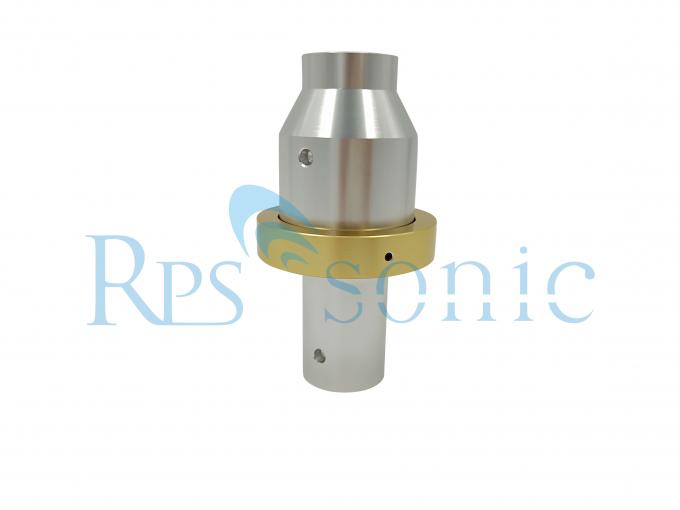Aluminum 20Khz Amplifier ultrasonic welding booster design and manufacturer
How does an ultrasonic booster work?
The ultrasonic booster is an important part of the ultrasonic vibration system. Its main role in the vibration system is to amplify the mass displacement or velocity of the mechanical vibration, and to concentrate the ultrasonic energy on a small area, that is, to concentrate energy. Also called an ultrasonic gear shifter or an ultrasonic concentrator.The ultrasonic booster is an important part of the ultrasonic vibration system. Its main role in the vibration system is to amplify the particle displacement or velocity of mechanical vibration, and concentrate the ultrasonic energy on a small area to converge energy. Therefore, Also called an ultrasonic gear shifter or an ultrasonic concentrator.
Products Details
| type | Branson |
| frequency | 20KHz |
| Model | Depending on your requirements |
| power supply | AC220v |
Development HistoryThe longitudinal vibration index type booster was invented in the 1940s for the application of high-power ultrasonic waves.In the 1950s, former Soviet scholars proposed catenary linear booster and multi-stage combined booster.In the 1960s, the concept of describing the shape factor of the booster was proposed, and a Gauss-type booster with a uniform distribution of stress along the rod was developed, and a high displacement amplitude was obtained. Morinori proposed a vibration direction converter, which opened up the way to obtain high-intensity and ultra-high-power (more than 50KW) ultrasound by using the power synthesis method of booter.In the 1980s, Morinori and others proposed a sandwich curved transducer structure.In the 1990s, Sakura Ryoh et al. Proposed a sandwich twist energy converter structure.Later, bending vibration booster and torsional vibration booster appeared, expanding the scope of industrial applications.In addition to the shapes of the above rods, in the application of high-power ultrasonic cold-drawn wire, tubes and other disk-shaped or ring-shaped concentrators of equal thickness or variable thickness; large block-shaped luffing rods have appeared in ultrasonic welding and cutting .
